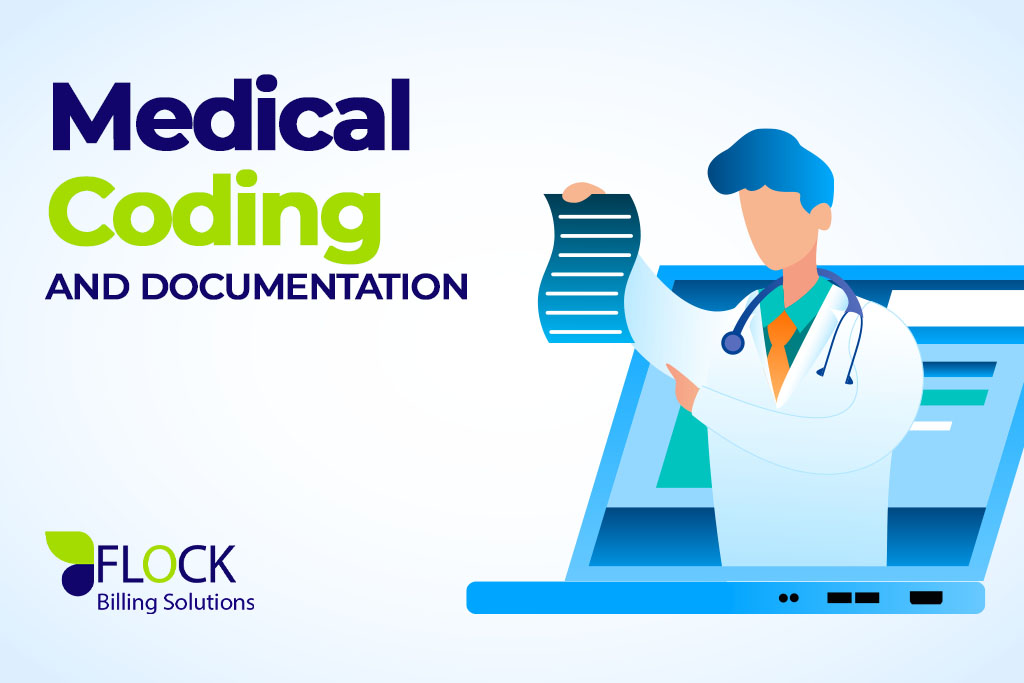Accurate Medical Coding and Documentation: A Cornerstone of Effective RCM
See how precise coding and clinical documentation can reduce denials, improve compliance, and maximize healthcare reimbursements through efficient revenue cycle management.
In revenue cycle management (RCM), few steps are as critical—or as complex—as medical coding and documentation. These processes are responsible for translating patient care into reimbursable claims. One incorrect code or missing detail can disrupt your revenue flow, cause claim denials, or trigger audits that cost time and money.
As the healthcare industry shifts toward value-based care and increased regulatory scrutiny, accurate documentation and coding are more important than ever. Let's explore why.
What Is Medical Coding—and Why It’s Essential
Medical coding is the process of converting diagnoses, procedures, services, and equipment into universal alphanumeric codes. These include:
- ICD-10 Codes for diagnoses
- CPT Codes for procedures
- HCPCS Codes for additional services and supplies
Each code tells the insurance payer what services were provided and why. If these codes are incorrect or incomplete, it results in claim denials, underpayment, or delays.
Coding is essentially the language of billing—and it must match what’s documented in the medical record.
The Link Between Documentation and Revenue
Without thorough documentation, coders can't do their job. Providers must clearly document:
1. Diagnoses and conditions treated
2. Procedures performed
3. Time spent and any complications
4. Medical necessity for each service
Inadequate or vague documentation leads to:
Undercoding: Resulting in revenue loss
Upcoding: Increasing the risk of audits and penalties
Miscommunication: Slowing down the billing process
Quality documentation should be clear, complete, and compliant with current payer guidelines. Every entry must justify the treatment rendered and align with the services billed.
Common Coding and Documentation Errors to Avoid
Medical coding errors are surprisingly common, especially in busy practices or those lacking internal audits. Frequent issues include:
Incorrect Use of Modifiers
Modifiers indicate a change in service or context. Improper use leads to claim rejections or mispayments.
Using Outdated Codes
CPT and ICD codes are updated annually. Failing to use current versions often results in automatic denials.
Diagnosis-Procedure Mismatch
The diagnosis must justify the procedure. A mismatch sends red flags to payers and audit triggers.
Unbundling
Billing separately for procedures that should be grouped under a single code is a common audit red flag.
Copy-Paste Documentation
Repeating the same note for multiple patients or encounters can be seen as fraud or abuse by payers.
Best Practices for Accurate Coding and Documentation
To reduce errors and improve revenue outcomes, implement these strategies:
Invest in Certified Coders
Hire AAPC or AHIMA-certified professionals with experience in your specialty.
Use CDI (Clinical Documentation Improvement) Programs
These programs help bridge the communication gap between providers and coders, ensuring accurate documentation from the outset.
Conduct Internal Audits Regularly
Monthly or quarterly audits can uncover patterns of errors or compliance risks before they affect reimbursements.
Train Your Providers
Clinicians need periodic training on how to document in a way that supports coding accuracy without disrupting their workflow.
Leverage Technology
Use EHR systems with built-in coding support, prompts, and decision trees to guide both documentation and coding in real-time.
Compliance and Audit Preparedness
Incorrect documentation or suspicious coding patterns can lead to payer audits, CMS reviews, or even fraud investigations. Ensure your practice is:
Following CMS Guidelines
Especially regarding Evaluation and Management (E/M) services and medical necessity.
Using Secure Documentation Tools
Ensure your EHR system is HIPAA-compliant and tracks user access and edits.
Prepared for Payer Audits
Keep detailed records, coding rationales, and documentation that supports each billed code.
Being proactive with compliance not only protects your revenue—it protects your reputation.
Specialty-Specific Coding Considerations
Each medical specialty has its own coding complexities. For example:
Orthopedics deals heavily with modifier 59 and fracture care codes.
Cardiology involves intricate diagnostic and procedural combinations.
Behavioral Health must meet strict documentation for time-based codes and psychotherapy sessions.
Specialized coders and documentation templates tailored to the specialty are crucial for accuracy.
Conclusion: Documentation and Coding Are Strategic Priorities—Not Administrative Tasks
In the healthcare revenue cycle, precision in coding and documentation is non-negotiable. It’s not just about getting paid—it’s about reducing denials, maintaining compliance, and delivering financial stability.
By investing in the right people, tools, and training, healthcare organizations can transform their coding operations into a source of revenue strength and regulatory confidence.
How Flock Consistently Achieves Revenue Growth for Clients
- 1 Fast Filing
- 2. Clean Claims
- 3. Tracking System
- 4. Rigorous Follow-up
- 5. A/R Management





